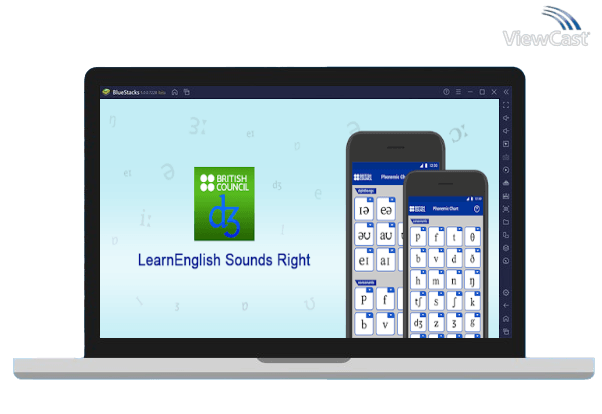

Exploring Two Useful Apps for Learning Phonetics
In this article, we will explore the usage of two apps that simplify the process of learning phonetics: Sounds Right and To Phonetics. The first app, Sounds Right, is co-developed by the British Council. It is available for download on mobile devices via the Play Store and can also be installed on a personal computer or laptop. Once installed, the app presents all 44 phonemes of the English phonetic chart as interactive buttons. Tapping a button plays the corresponding phoneme sound. With some basic knowledge of phonetics and consistent listening, users can effectively memorize and practice the correct articulation of English sounds.
A hidden bonus in the app is that each sound button features three example words in the top right corner. These demonstrate how the phoneme is used in different contexts, helping learners apply the sounds more accurately in real-life speech. The sounds are categorized into three groups: monophthongs, diphthongs, and consonant sounds. The first two fall under the broader category of vowel sounds. However, one limitation of this app is that it does not include triphthongs. English language learners, especially those working on their speaking skills, can benefit greatly from this app. It not only supports pronunciation accuracy but also enhances listening skills by exposing learners to native-like sound patterns. Overall, Sounds Right is a highly recommended resource for anyone beginning their phonetics journey.
Moving on to the To Phonetics app: if Sounds Right is the foundation, then To Phonetics builds the walls. This app converts typed text into phonetic transcription. Once a learner is familiar with the sound system, reading and pronouncing transcribed words becomes much easier. One limitation is that the app struggles with borrowed words (words from other languages that may not follow standard English phonetic rules). However, it serves as an excellent tool for beginners and intermediate learners to practice transcription. Over time, learners can start creating transcriptions on their own without relying heavily on the app.
At our English Language and Communication Skills Lab, we, language instructors, introduce these two apps to students to support self-paced learning. Based on our observations, about 95% of learners actively engage with these tools to familiarize themselves with English sounds and pronunciation. Learners become adept at identifying phonemes in words and recognizing their position, whether at the beginning, middle, or end of the word.
We hope this brief, yet insightful article helps learners take their first confident steps into the world of phonetics and transcription.

